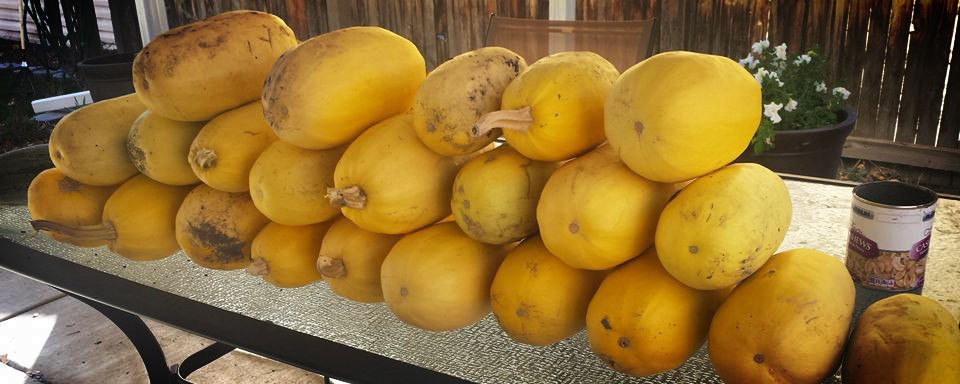Gardening Plan
The National Gardening Association provides a handy zip code-specific planning guide, with instructtions for every vegetable imaginable.
Dates to note for SLC:
May 15: Frost-free starts
Oct 25: Frost-free ends
’ve been gardening for my entire life. My parents always had a small garden with tomato plants. When I moved into my own place, putting in a raised garden area was one of the first things I did. There is something about being able to grow your own food, and let’s be honest–you can’t beat a BLT made with a fresh home grown tomato.
I’ve been gardening on my own for the past six seasons and during that time I’ve learned a lot.
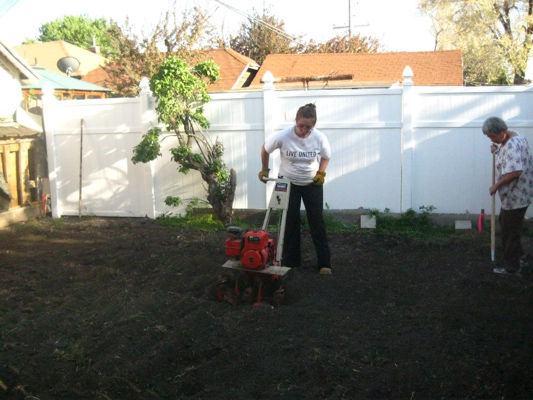
Circa 2012. Tilling the garden area. (Lesson learned: Don’t till morning glories... It just makes more.)
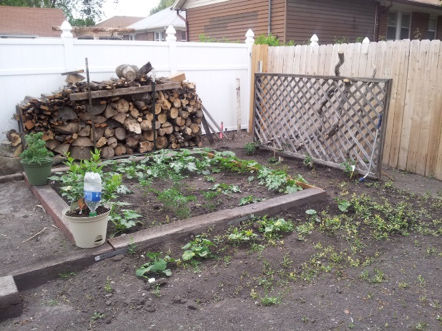
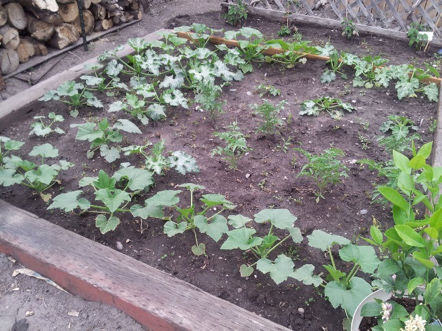
Circa 2012. First garden (and stupid morning glories). My selection of foolproof vegetables: zucchini, tomatoes, squash vine plants. And a less than desirable planting arrangement.
Lesson #1: Don’t reinvent the wheel–learn from others
Looking back, my first season would have been more successful had I done some preliminary research or information sharing. I was so excited about having my own garden that I wanted to do it all on my own without looking to learn from generations of others.
During improvement projects, I see the same thing. We own our project and want to design it from scratch but that’s not always the most efficient way.
There are many ways to learn from others:
- Search journal/professional articles (eJournal).
- Not sure where to start? The Evidence-Based Practice Committee can help, as well as the Eccles Health Sciences Library.
- Draw from your peers at other institutions or in professional meetings.
Lesson #2: Stick to the scope
I started out with the “I’ll plant everything I can” plan. I walked into the seed store and within minutes had collected $50 worth of seeds to plant. Then I walked into the garden center and walked out with another $50 worth of plants. My garden is 200 sq. ft. (which those experienced gardeners will know is not enough space at all!).
The next year I was better. I started planning my garden space in advance. I also decided what I wanted to keep growing. I didn’t have good luck with peppers and I didn’t like eating eggplants so I stopped growing them. I like corn and I really like tomatoes so I started growing more.
In improvement projects, sometimes we don’t have a plan going into what we are doing. Sometimes this means wasting resources and having to start over with a plan that takes a little upfront work. And sometimes those plans change and having the flexibility to re-evaluate is helpful.
Lesson #3: Be ready to learn from “mistakes”–and improve
This year will be my seventh season and I still see room for improvement. In 2016, I had an awesome return on investment. My best season ever! Followed by 2017 which was my worst season ever. So bad that I didn’t even take pictures. Like most things in life, there is still a lot that I don’t understand and a lot of areas that I could improve on.
Improvement is a continuous process. It’s so important that we learn from both the mistakes and from the successes in improvement. Sometimes the successes are even more helpful (abundant spring fever success stories below).
Happy gardening!
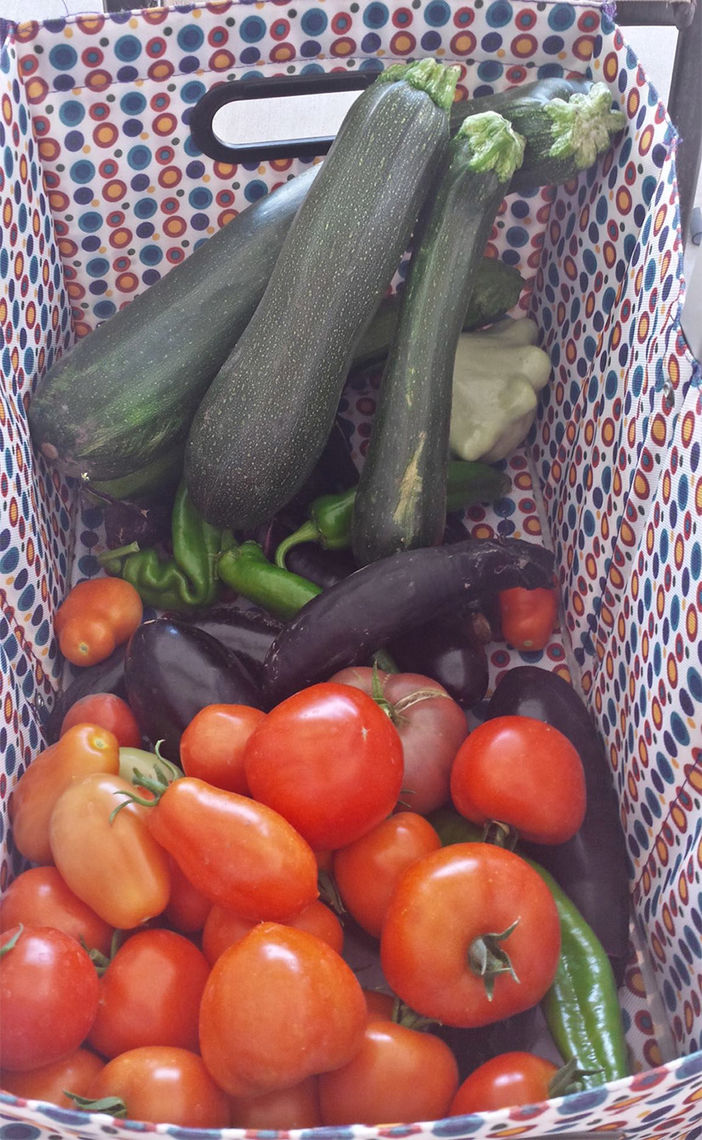
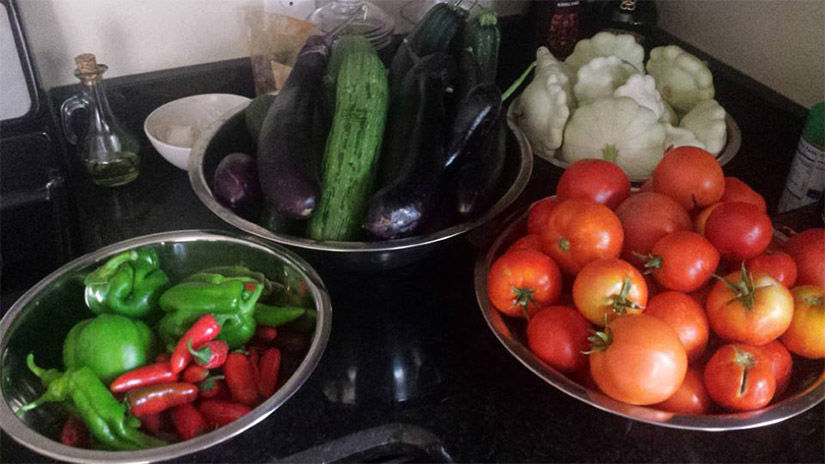
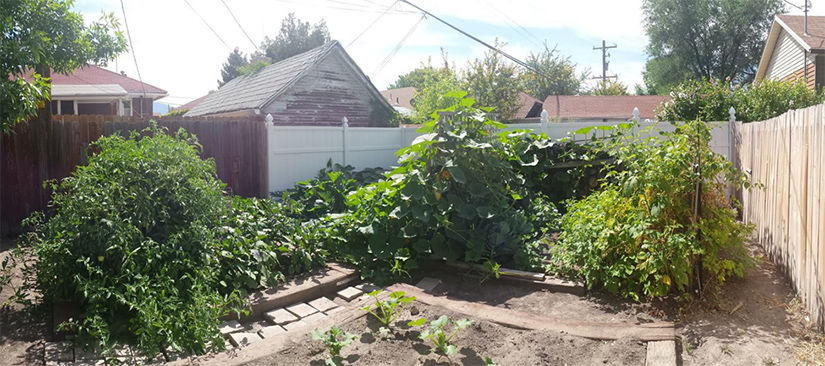
This article was updated April 26, 2020. It originally appeared March 30, 2018.
Cindy Spangler
The Zero Suicide initiative has been shown to significantly reduce suicides—and working toward zero suicides is our mission. Rachael Jasperson, Zero Suicide program manager, shares the framework for how we strive for this aspirational goal.
Problems. We all have them. Whether it’s a check engine light or an adverse patient safety event, we first need to discover what’s causing the problem before trying out solutions. Senior Value Engineer Luca Boi and a team of Oncology residents get to the root cause using a fishbone diagram.
Why do some organizations thrive during a crisis while others flounder? Iona Thraen, director of patient safety, joined forces with her ARUP Laboratory colleagues to learn how the world-renowned national reference lab adapted to the pandemic. Leaders created a culture of safety by putting innovation, learning, and patient-centered care at the heart of all their efforts.
